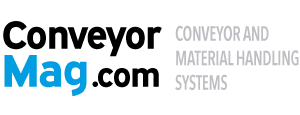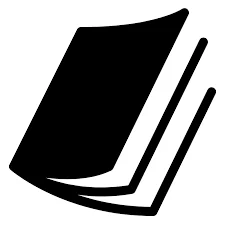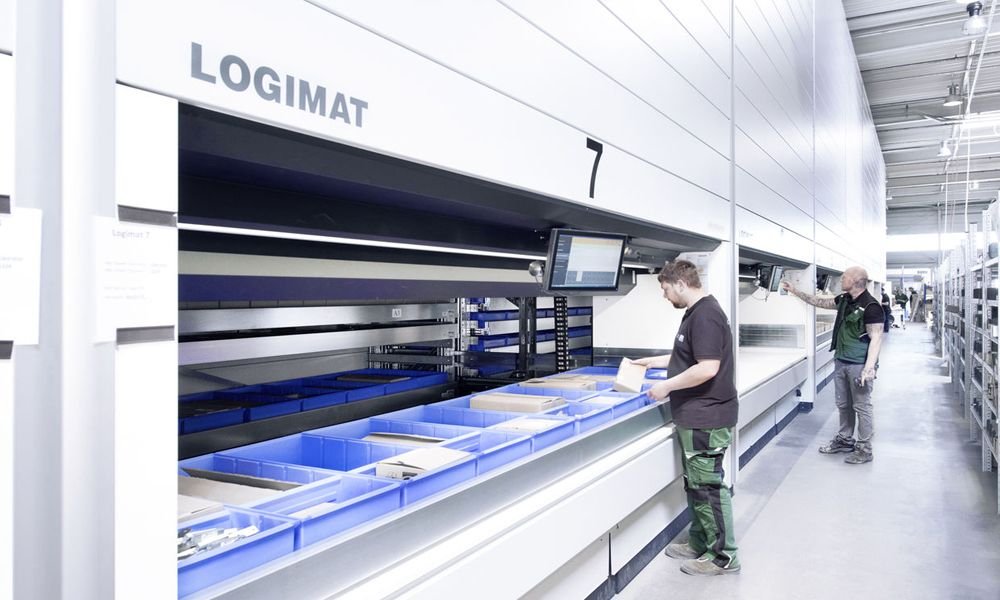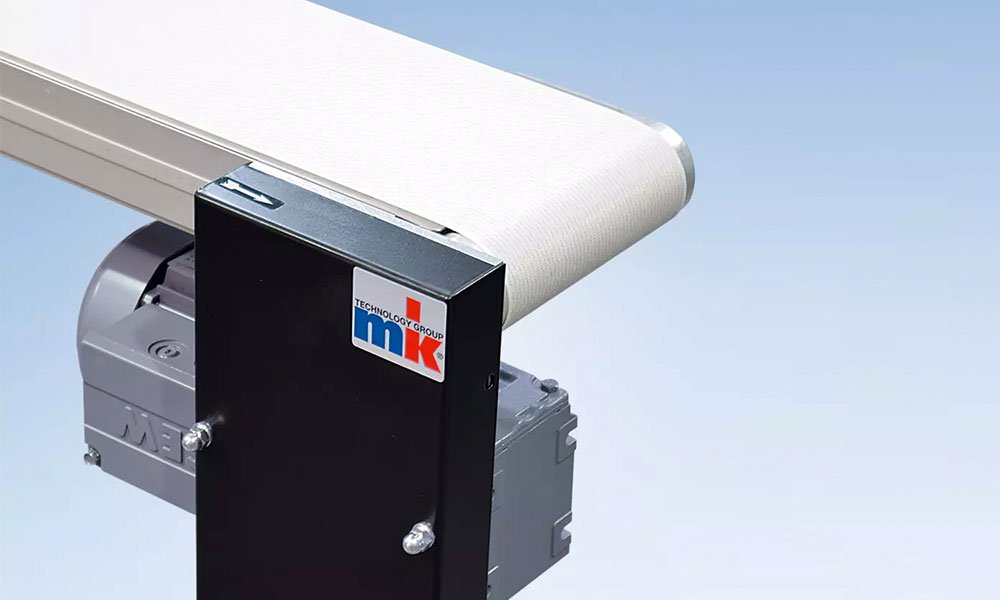Conveyor system with a motor drive; when it comes to talk on the subject , you are free to choice the type of drive as well as the position. You can select the following features as needed to suit your conveyor system, environmental conditions and application.
Motor Selection
Our products use high-quality motors and gearboxes from SEW EURODRIVE as standard. These gearmotors, consisting of an asynchronous AC motor or a DC motor combined with a Spiroplan, helical-worm or helical gearbox, satisfy efficiency class 3 and IP 54. Custom motors, UL-CSA approval or multi-range motors are also available as options.
Drive Location
The drive location determines how and where the drive, including the motor, is installed. You can choose to position the drive on the infeed or discharge end, above or below the conveyor frame, on the left or on the right.
The head drive is located on the discharge end of the conveyor and pulls the transport medium, e.g. the belt. This is the most common, safest and most affordable drive position. If you have location restrictions, you can also install a head drive on the infeed end for use as a rear drive (pushing). In this case, however, adequate pre-tension must be provided and the transport medium must be prevented from getting kinked.
Drives known as lower belt drives, or centre drives, can be installed in various locations below the transport level. The primary application for these drives is reverse operation (reversible conveying direction), since the transport medium is always pulled, preventing the problems that arise when the belt is pushed. You can achieve fixed installation lengths by selecting the design with a tensioning roller in the centre drive. Since two snub rollers are typically used, this drive is also known as an omega drive. A further benefit of this drive is the option to install knife edges on both the infeed and discharge ends for transferring small products.
Internal drives with a drum motor produce small obstructing edges, making them particularly popular for applications with limited installation space. They are also popular in clean environments, since they exhibit low particle emissions and have few surfaces on which dirt can deposit.
Drive Type
In the most commonly used indirect drives, force is transferred using a chain or timing belt. This additional option to adjust the transmission ratio allows you to achieve very fine speed increments and compensate for alignment errors. With servo and stepper motors, a timing belt can be used to dampen the abrupt, jerky starting behaviour. With a direct drive, the motor is connected directly to the drive shaft, offering a compact and low-maintenance alternative.
Motor Orientation
As shown in the figures, the motor orientation can vary between 0°, 90°, 180° and 270°. If the customer does not specify the drive location, the drive is delivered on the discharge end, on the left side, below the conveyor and with a motor orientation of 0°.
Speeds
You can select any speed between 2.6 and 67 m/min, depending on your conveyor system and application. The maximum conveying speed depends on the motor selected, the load on the belt, the operating mode and other factors. The speeds provided here are nominal values and may deviate due to the speed tolerances of the motors (up to ± 10%). With indirect drives using a chain/timing belt, this tolerance shifts into the positive range. For indirect drives using chains or timing belts, the tolerance tends to be even higher, at up to 20% above the nominal speed. Higher speeds also result when the system is operated on a 60 Hz grid, for example in the USA. If you need a precisely defined speed, this can be accomplished with an mk reglomat.
Adjustment Ranges
The mk reglomat lets you control the conveyor’s speed within a range of 1:7 (10–70 Hz), assuming alternating current and a nominal speed of 50 Hz. For internal drives (drum motors), the adjustment range is 1:3 (20–60 Hz). With direct current, the range is 1:6 (0.25–1.5 A or 0.5–3 A).





